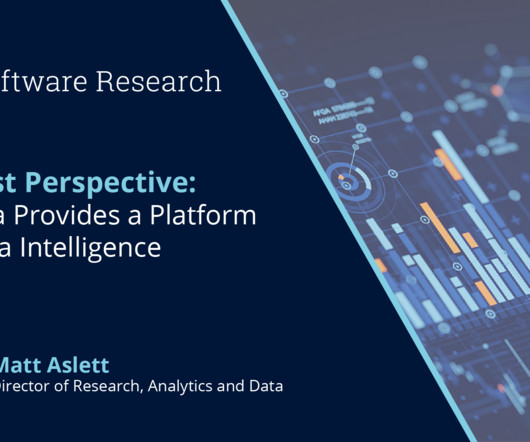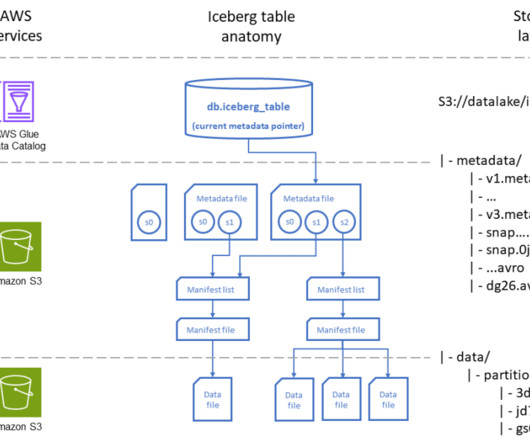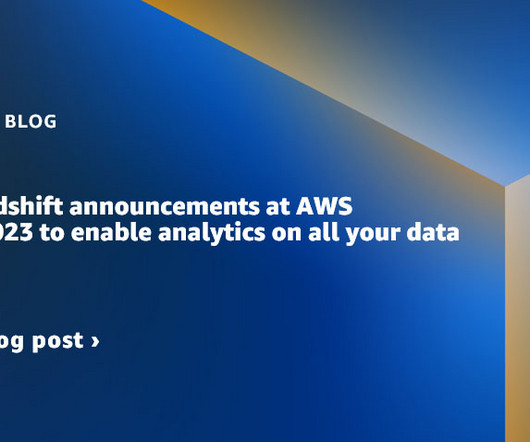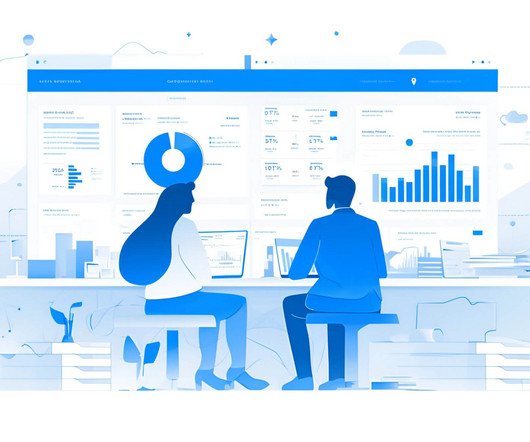Collibra Provides a Platform for Data Intelligence
David Menninger's Analyst Perspectives
OCTOBER 8, 2024
In addition to providing the core functionality for standardizing data governance and enabling self-service data access across a distributed enterprise, Collibra was early to identify the need to provide customers with information about how, when and where data is being produced and consumed across an enterprise.
























Let's personalize your content